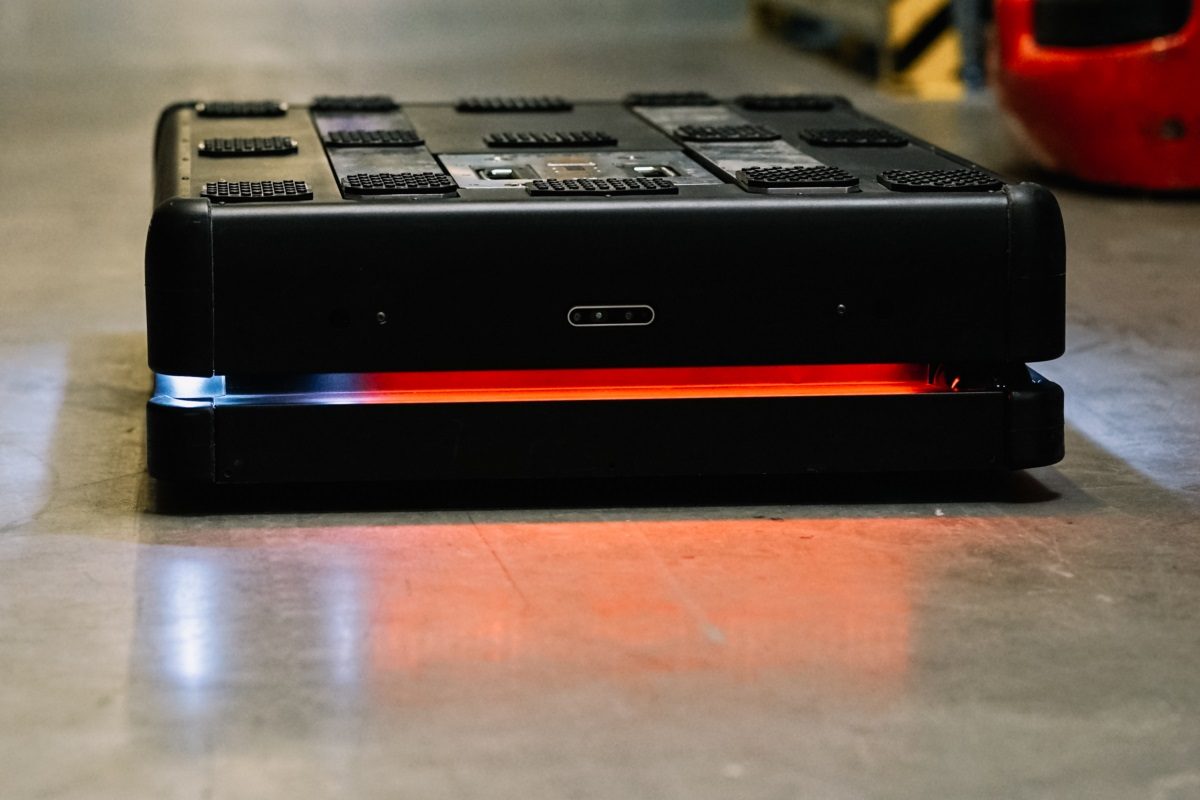- Optimizing Operations
- blog
Calculating the ROI of logistics robots
A Warehouse Manager’s Field Guide: Costs and savings you need to calculate a realistic Return on Investment for Autonomous Mobile Robots

/

